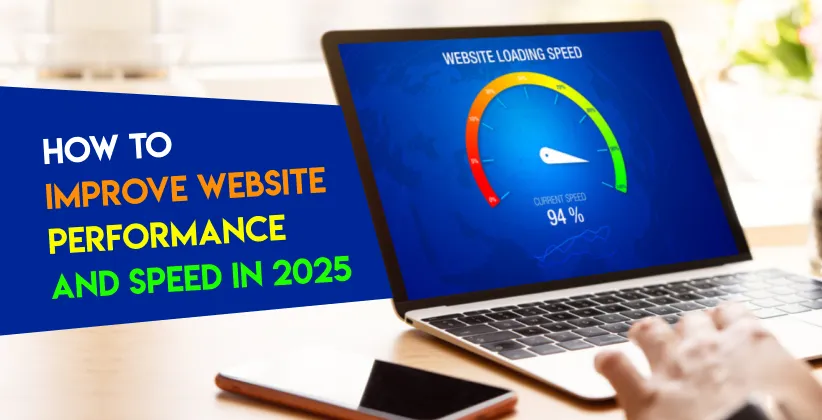
Website performance plays a crucial role in user experience, SEO rankings, and overall business success. A slow website can drive visitors away, reduce conversions, and negatively impact search engine rankings. As technology evolves, optimizing website speed is more important than ever.
In this guide, we’ll explore the latest strategies to improve your website’s performance and speed in 2025.
Conduct a Website Performance Audit
Before making improvements, assess your website’s current performance using tools like:
- ✅ Google PageSpeed Insights (https://pagespeed.web.dev/)
- ✅ GTmetrix (https://gtmetrix.com/)
- ✅ Lighthouse (Chrome DevTools)
- ✅ WebPageTest (https://www.webpagetest.org/)
These tools provide insights into loading times, Core Web Vitals, and optimization recommendations.
Optimize Images for Faster Loading
Large, unoptimized images slow down your website. To optimize images:
- ✔ Use Next-Gen Formats like WebP, AVIF instead of JPEG/PNG.
- ✔ Compress images using TinyPNG or ImageOptim.
- ✔ Use **lazy loading** (
loading="lazy") to delay loading offscreen images. - ✔ Implement **responsive images** (
srcset) for different screen sizes.
Minimize HTTP Requests
Each element (CSS, JS, images, fonts) adds HTTP requests, increasing load time. Reduce requests by:
- ✔ Combining CSS and JavaScript files
- ✔ Using CSS Sprites for background images.
- ✔ Removing unnecessary fonts and third-party scripts.
Implement a Content Delivery Network (CDN)
A CDN stores your site’s static files on global servers, reducing load times for users worldwide.
Popular CDNs in 2025:
- 🌍 Cloudflare (https://www.cloudflare.com/)
- 🚀 Amazon CloudFront
- 🛠 BunnyCDN
Use Efficient Web Hosting
Your hosting provider impacts site speed. For 2025, use:
- ✔ Cloud Hosting (Google Cloud, AWS, DigitalOcean).
- ✔ Managed WordPress Hosting (Kinsta, WP Engine).
- ✔ LiteSpeed Servers instead of Apache/Nginx.
Minify and Defer JavaScript & CSS
Large CSS and JS files slow down rendering.
- ✔ Minify files using UglifyJS, Terser, or Autoptimize plugin.
- ✔ Defer JavaScript so it loads after HTML.
- ✔ Use asynchronous loading (
asyncordeferattributes).
Implement Lazy Loading for Videos & Iframes
Videos and embedded content slow down page loads.
- ✔ Use lazy loading for YouTube, Vimeo, and maps.
- ✔ Replace embedded YouTube videos with preview images.
Final Thoughts
Improving website performance in 2025 requires a combination of optimized code, fast hosting, caching, and modern web technologies. A faster website enhances user experience, SEO rankings, and conversion rates.